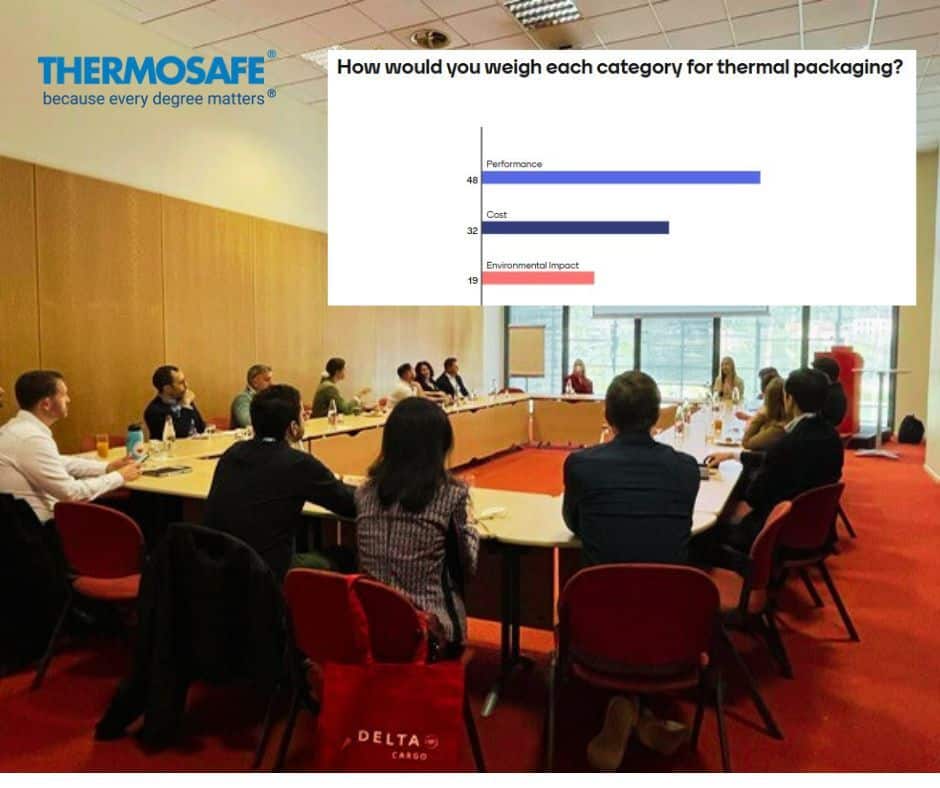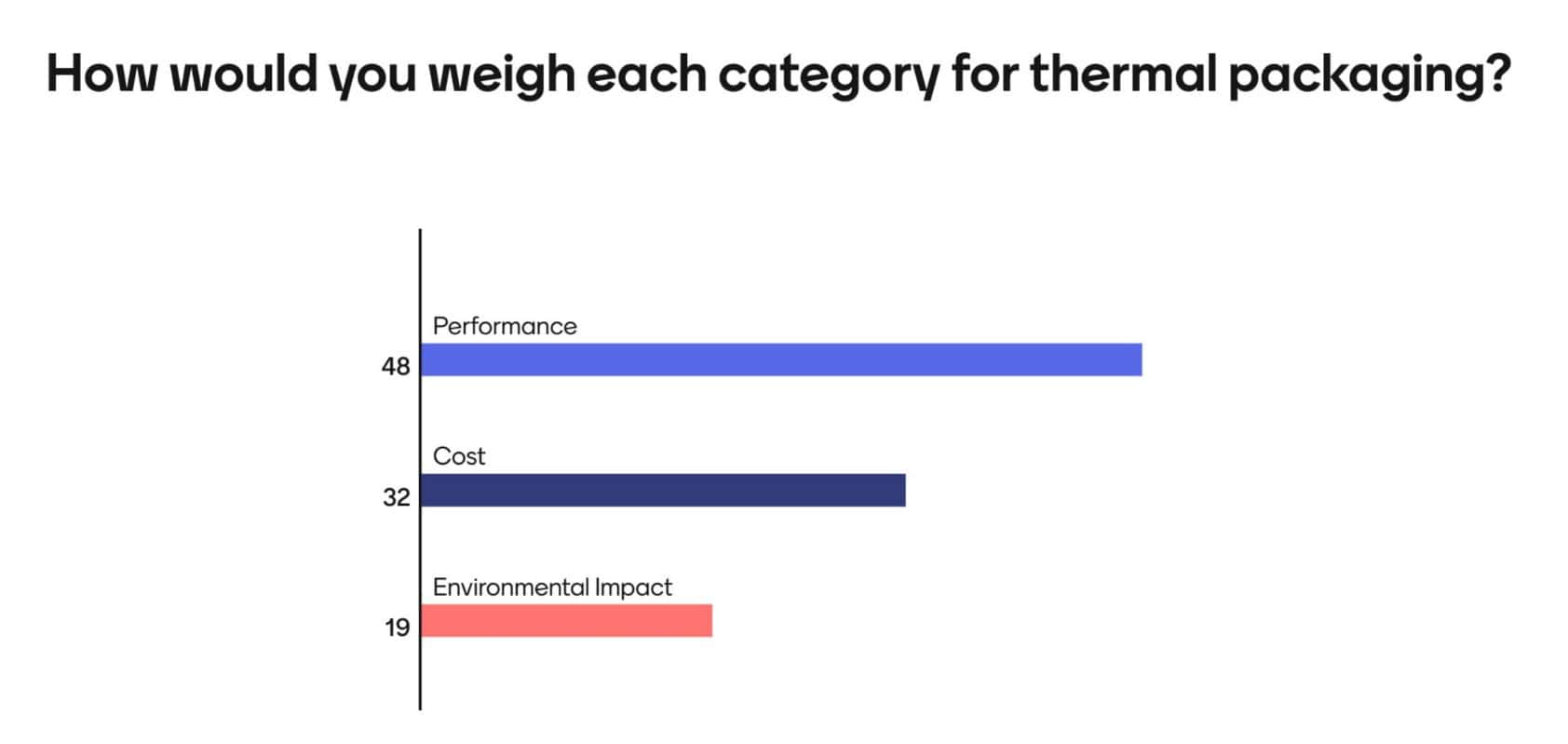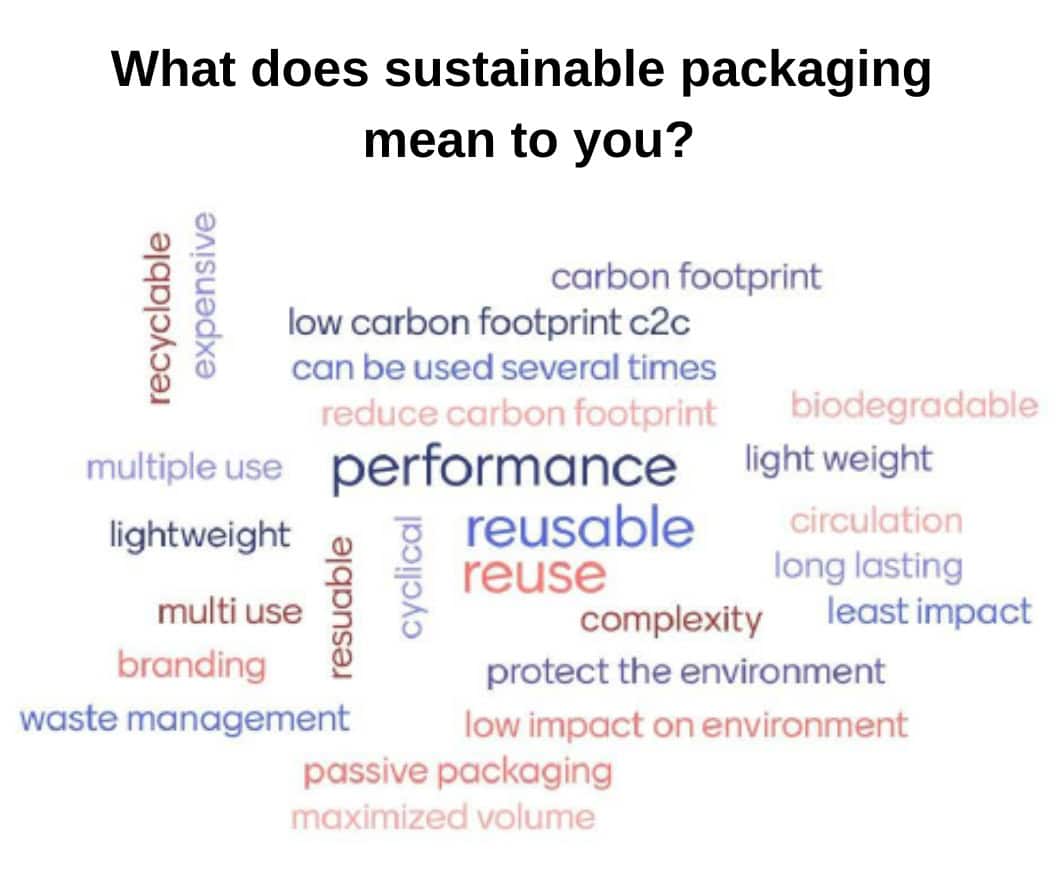APRIL 29, 2025
5 Priorities to Keep Your Pharma Packaging Strategy Aligned with Sustainability Goals

ThermoSafe recently hosted an expert-led Masterclass titled “Mastering the High-Stakes Balancing Act: Sustainability, Performance, and Cost in Distribution Packaging.” Featuring insights from Alison Crawley, Global Sustainability Manager at ThermoSafe, and Yulia Celetaria, SVP Commercial & Strategy at CargoCrew, the session unpacked the current state of pharmaceutical supply chains and alignment with sustainability goals. The session offered practical tools to navigate evolving regulations, industry challenges, and decision-making tradeoffs.
77% of the audience was from pharma or biotech organizations.
Here are the 5 key takeaways from the masterclass about the necessary priorities for organizations.
1. Regulations are in the lead
The session opened with a sharp focus on regulatory shifts. With seven U.S. states implementing Extended Producer Responsibility (EPR) laws and the EU moving forward with directives like CSRD and PPWR, pharmaceutical and life sciences companies must adapt quickly to meet evolving compliance and reporting demands. A notable delay in the U.S. SEC and EU Green Guidelines highlighted the tension between ambition and readiness.
Takeaway? – Understanding how to comply with these regulations is pivotal in creating a sustainable supply chain strategy that considers not just the short-term decisions, but your long-term strategy.
2. Decisions Must be Data-Driven
One of the discussion outcomes of the masterclass was the importance of life cycle assessments (LCAs) in driving sustainable packaging choices. ThermoSafe reported a 6x increase in LCAs conducted from 2023 to 2024, underscoring a growing industry emphasis on science-backed sustainability.
Although LCA requests at ThermoSafe have been increasing, the masterclass attendees discussed how there are still challenges for organizations calculating Scope 3 emissions. Including lack of sufficient data, inability to get data from suppliers, organizational readiness and other concerns.
However overall, most organizations continue to take small steps forward, as the audience poll below reflects.
Where is your organization in reporting Scope 3 GHG Emissions?
- 42% “We haven’t started scope 3 data collection or calculation, but we plan to soon”.
- 8% “We are starting the data collection process for Scope 3 calculation”
- 33% “We have calculated our Scope 3 emissions, but haven’t published externally yet or validated with SBTi”
- 17% – “We have reported our Scope 3 emissions externally and validated with SBTi”
Takeaway? – Everything is driven by data. You can’t hide from it. What can you do to get ahead and understand it better? Ask questions! Understanding how LCAs work is new for most people. Increasingly you will need to know more about LCAs as they relate to full scope of sustainability practices. It’s up you – to take an active or passive role.
3. Find the Right Balance
Striking the right balance between environmental impact, cost, and performance in pharmaceutical packaging remains a challenge.
We asked the audience to weigh these three factors, an exercise that reflected the complexity and nuance of packaging decisions in real-world applications. There were several comments to preface the decision, such as “it depends on the product”, “it depends on the distribution channel, e.g. DTP”, and “it depends on the mode of transport and how long we’ve worked with a transport provider”.
However ultimately, participants agreed that performance is paramount when distributing medicines to patients. If they can control other factors, such as expedited courier service, they may opt for a more sustainable packaging method.

Another example was raised by Yulia Celetaria, SVP Commercial & Strategy at CargoCrew: “If you used a more durable packaging with potentially longer duration, would you consider using a non-expedited service or cheaper airline that may be prone to more disruptions?”.
The audience responses were that they would not consider going with a cheaper airline even with high quality packaging because their promise to their customers is what matters most and getting the delivery there on time.
Takeaway? – Supply chain resilience and ultimately, the delivery of the pharma product to the patient remains the top priority for companies. While sustainability can be added to the packaging evaluation, the performance is still top of mind and needs to be maintained, if not enhanced.
4. Align With Your Stakeholders
We asked the audience, “What does sustainable packaging mean to you?” Naturally, answers varied, highlighting the need to ensure alignment not only within your organization but also with partners and third parties.
Without clear internal alignment, different departments may operate with conflicting assumptions – slowing down decisions, creating friction, or even derailing initiatives. Sustainability is a cross-functional effort, and what “sustainable packaging” means can vary widely depending on the lens: cost, carbon impact, compliance, or operational feasibility.

For example, someone in logistics may be well-versed in how a reusable rental packaging program works—understanding return flows, turnaround times, and asset tracking. But their colleague in Quality Assurance may be unfamiliar with reusable models altogether, raising concerns about cleanliness, validation, or risk exposure.
Takeaway? – These differing perspectives are valid—but without early collaboration and education across functions, critical packaging decisions may face unnecessary delays or resistance. Getting everyone on the same page about definitions and tradeoffs enables smarter, faster decisions that serve both operational needs and long-term sustainability goals.
5. It’s Not a Solo Journey
According to the ThermoSafe 2025 customer survey, successful sustainability initiatives tend to be cross-functional, cost-saving, and logistics-optimized. The survey showed that collaboration across the supply chain and investment in new design and tooling are helping organizations move from intention to execution.
Conference speaker, Joydeep Ganguly, the Senior Vice President of Global Operations at Gilead Sciences, described how sustainability is an area that has plenty of room for collaboration, and ending his session with:
“The planet won’t care who comes first, but the planet will care who comes last”.
Continue to seek information outside of your organization too! Industry best practices are roadmaps to success. ThermoSafe encourages ongoing education and dialogue through platforms like the Cold Chain Exchange. Subscribe to get updates and new blog posts to your inbox.
“Balancing sustainability, performance, and cost is no longer optional—it’s strategic. Our industry is stepping up with more science, more collaboration, and more momentum than ever before.” – Alison Crawley, Sustainability Manager, ThermoSafe
For more insights or to connect with the ThermoSafe sustainability team, visit https://www.thermosafe.com/sustainability/

